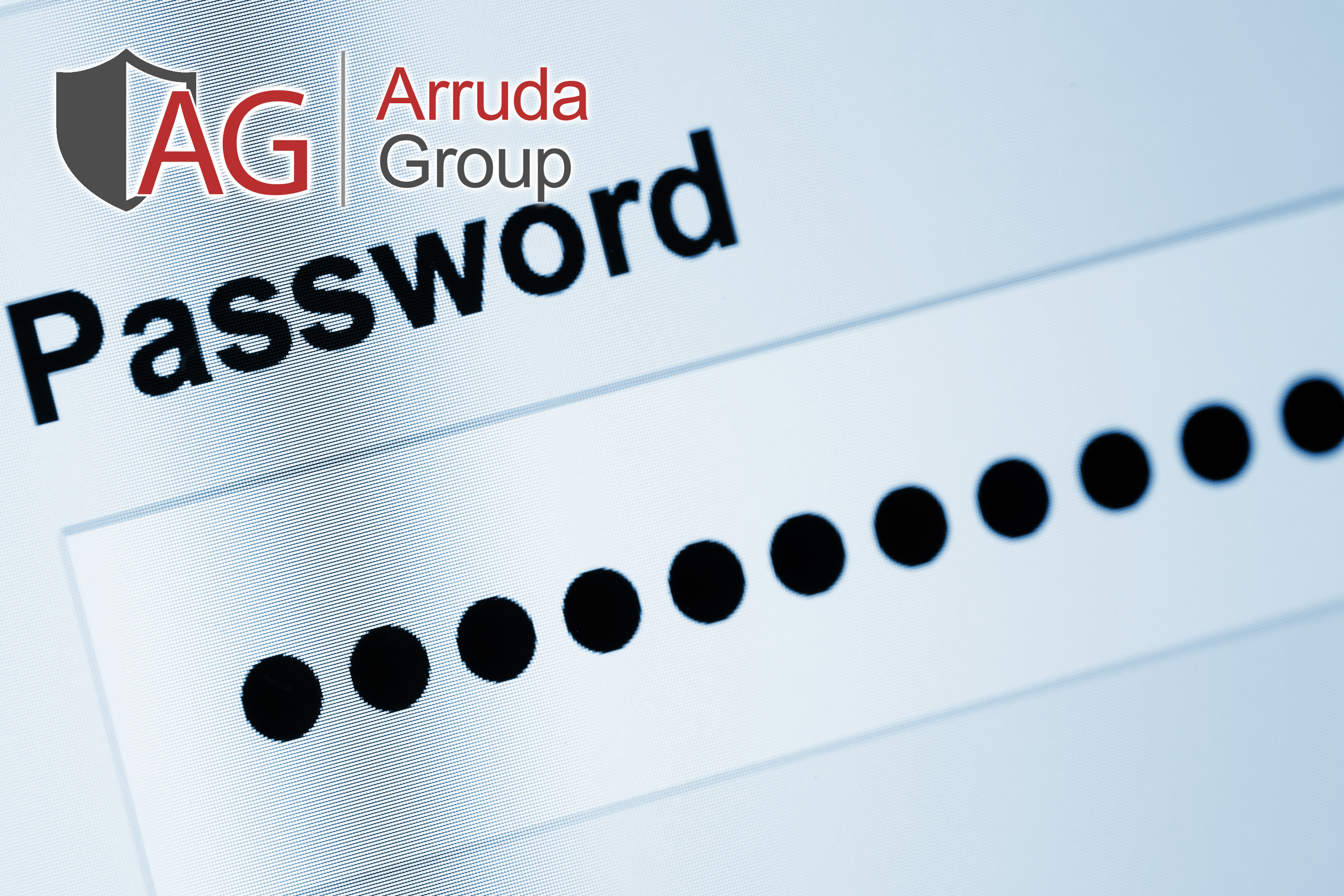
Password Protection Tips for 2022
The new year is almost upon us, and soon after that, it’ll be World Password Day again. Intel put forward the day in 2013, and it is a reasonable time to keep our digital environment safe and protect yourself and your business against potential threats. How does your password protection fare? Is your system secure? In this article, we’ll go over ways you can protect your accounts and secure access environments. Contact us afterward at Arruda Group if you need additional information. We’d be happy to help.
Creating Strong Password Protection
The first step to securing and protecting your password is to pick a secure and memorable password. If you have passwords stored in a plaintext document, hackers can easily access these to gain further entry into your secure information and files. Unfortunately, many websites also have very short minimum passwords – Seven characters on average. The weakest brute force password cracking applications would need less than half a millisecond to crack a password that small. By contrast, a twelve-character password would need over two centuries to crack!
To make your password memorable, pick four words you won’t forget. For example, chair, belt, vault, and pencil could work as four words to help you make a passphrase. To make a passphrase, type your words in order while capitalizing the first letter, then add a number or symbols to the passphrase. In this example, something like “Chair9Belt*Vault#Pencil$$” would be a very secure, but easy-to-remember password. Despite its ease of memorization, it would take over 380 billion years to reasonably crack with a password cracking program.
Biometric Authentication Can Help
In terms of passwords, biometric security involves taking a fingerprint, scanning an iris, or reading a vein pattern in the hand. These can generate a complex password using encrypted algorithms, and replace the need for multiple passwords. Because the scanning process authenticates you immediately, and nobody will ever have your fingerprint or vein patterns, they are a quick and convenient way to log in. In addition, the extent to which these authentication methods are secure makes it very hard for hackers to gain access, and can help you ensure that only the people who need access can ever get access.
Multi-Factor Authentication Adds Security
Usually called two-factor authentication on commercial services like Google or Facebook, the concept is largely the same. However, after entering your password, you must provide additional proof that you are authorized to access the site. This way, even if your password is cracked or dumped in a data leak like those that published 8.4 billion passwords this June in an event called RockYou2021, you have an extra layer of protection. Two-factor authentication typically requires entering a code texted to your phone or providing a code generated by an authenticator app. Multi-factor authentication could request one of these while also requiring a fingerprint scan, iris scan, or other authentication methods.
In Conclusion
If your business or personal life hides important information behind password access (Here’s a hint: It does), securing that password is essential. The most secure option has multiple biometric verification methods. Still, creating a strong password and enabling at least two-factor authentication is necessary.



